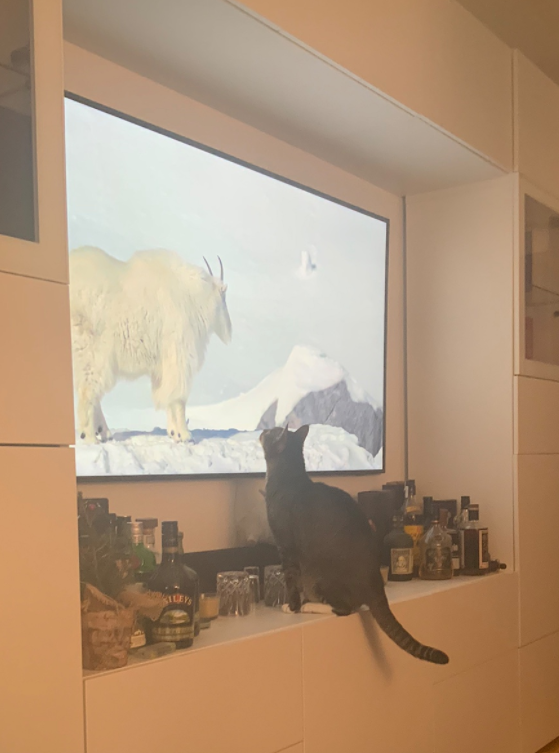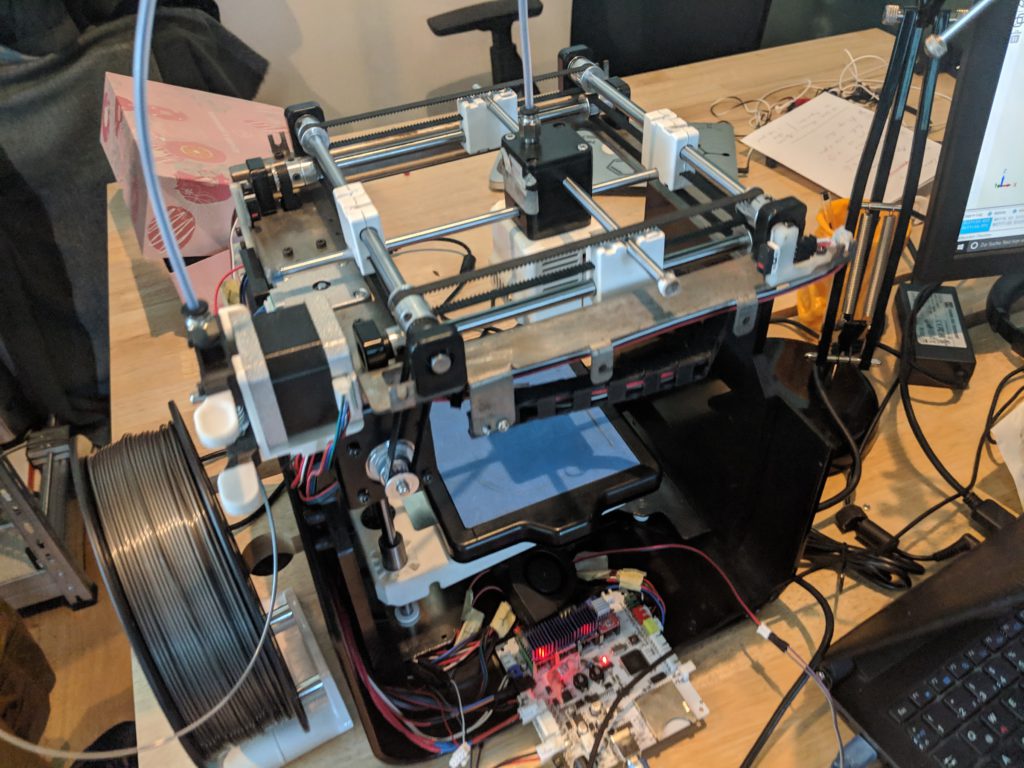I have my own Mastodon instance now
One of the cool things of federated social media is that each instance can have their own rules and conventions.
One of the bad things of federated social media is that each instance has their own rules and conventions.
What do I mean? I started out on octodon.social and felt pretty good there. Then I realized that a lot of people I followed initially went silent. Turns out that they were on infosec.social, and for $reasons (reasons I understand, but don’t necessarily need to adopt myself) , the admin of octodon.social blocked that instance. So I eventually and very reluctantly moved to hachyderm.io. Turns out, the same thing is happening there too, just with different servers.
Fediverse moderation has several levels:
- end user self-defense: „This person did something bad and I prevent them from interacting with me.“
- moderating local content on a personal basis: „This person on the same server as me did something bad, so here are the consequences for them“
- moderating external content on a personal basis: „This person on a different server as me did something bad, so I limit how they can interact with people on my server“
- moderate external content on an instance basis: „I find this whole other instance suspect, so I limit how everyone on that whole instance can interact with people on my server“
If my personal sensibilities and those of the people who moderate my insteance differ (and they will absolutely differ to some degree!), you will at best just miss out on a bit of content but at worst will suddenly be cut off from people you interacted a lot.
This is compounded by the fact that there is no documented consensus for moderation across instances. (Like darcy.is would have provided, btw :) ) You won’t know what’ll happen until it actually does.
So, for me, the problem is this:

Yep, that is me, in the middle of a few non-overlapping communities. (There are also a lot of communities that do overlap, but let’s ignore those for now) So, when I join a server in community A, and A suddenly decides to defederate from C, I lose that chunk of people. When I join B instead, and they already hate A, I lose out a different chunk.
Finding that elusive instance Z that plays nice with everyone else is gonna be… hard.
And now that folks like Meta and others are opening ActivityPub servers lines are drawn in the sand: „If you federate with Meta, I will block that instance!“ Or „if you don’t protect the children, I will protect them from you!“. Or „We’re sex positive, if you block the furries, I’ll defederate from you!“
And here am I, just wanting to talk to my friends and see cat pictures. So, I opt out of the drama and have my own single-person instance now: @jollyorc@social.5f9.de No, don’t ask me if you can join it, I don’t want that kind of responsibility. Take 9 Euros per month and go to fedi.monster, they’ll help you out.





